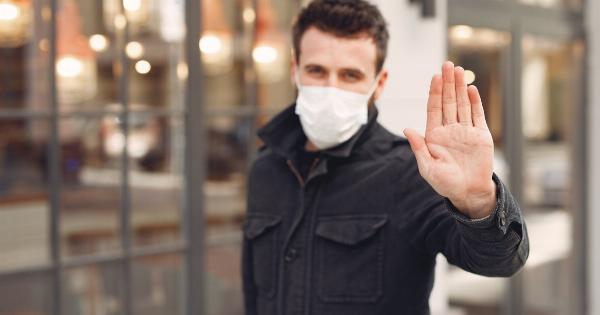The H1N1 influenza, also known as swine flu, is a viral infection that caused a global pandemic in 2009. This strain of influenza virus is a subtype of the Influenza A virus, and it is particularly contagious among humans.
In this comprehensive guide, we will provide you with all the essential information regarding H1N1 influenza, including its symptoms, prevention methods, treatment options, and global impact.
1. What is H1N1 Influenza?
H1N1 influenza is a respiratory illness caused by the H1N1 virus, which is a subtype of the Influenza A virus. This virus was first identified in 2009 during a flu pandemic that spread across the globe.
It is called “swine flu” because the virus contains genes from pig, bird, and human flu viruses.
2. Symptoms of H1N1 Influenza
The symptoms of H1N1 influenza are similar to those of regular seasonal flu and may include:.
- Fever
- Cough
- Sore throat
- Runny or stuffy nose
- Body aches
- Headache
- Fatigue
- Chills
- Nausea or vomiting
- Diarrhea
3. Spread of H1N1 Influenza
H1N1 influenza spreads from person to person through respiratory droplets when an infected individual coughs, sneezes, or talks. It can also spread by touching surfaces or objects contaminated with the virus and then touching the mouth, nose, or eyes.
The virus can be contagious even before symptoms appear.
4. Prevention of H1N1 Influenza
Prevention plays a crucial role in controlling the spread of H1N1 influenza. Here are some measures you can take to protect yourself:.
- Get vaccinated with the seasonal flu vaccine, which typically includes protection against H1N1.
- Wash your hands frequently with soap and water for at least 20 seconds.
- Avoid close contact with sick individuals.
- Avoid touching your face, especially your mouth, nose, and eyes.
- Cover your mouth and nose with a tissue or your elbow when coughing or sneezing.
- Clean and disinfect frequently-touched surfaces regularly.
5. Diagnosis of H1N1 Influenza
If you suspect you have H1N1 influenza, it is important to seek medical attention promptly. A healthcare professional can diagnose H1N1 influenza by conducting a physical examination and ordering a laboratory test.
This may involve collecting a respiratory sample, such as a nasal or throat swab, and analyzing it for the presence of the virus.
6. Treatment of H1N1 Influenza
Antiviral medications are available to treat H1N1 influenza. These medications can help alleviate symptoms, reduce the duration of illness, and prevent complications.
However, it is important to note that they are most effective when taken within the first 48 hours of symptom onset. Rest, hydration, and over-the-counter pain relievers can also provide relief from symptoms.
7. Global Impact of H1N1 Influenza
The H1N1 influenza pandemic of 2009 had a significant global impact. It spread rapidly across continents, causing illness and deaths in many countries. The World Health Organization (WHO) declared it a public health emergency of international concern.
Efforts were made to develop and distribute vaccines to mitigate the impact of the pandemic.
8. H1N1 Influenza in Children and Pregnant Women
Children and pregnant women are particularly vulnerable to H1N1 influenza. It is important for pregnant women to get vaccinated to protect themselves and their unborn babies from the potential complications of the virus.
Infants and young children should also receive the flu vaccine as recommended by healthcare professionals.
9. H1N1 Influenza vs. Seasonal Flu
H1N1 influenza and seasonal flu are both caused by influenza viruses but can have different impacts.
While both strains can cause severe illness and even death, H1N1 influenza had a larger global impact in terms of rapid spread and its effect on younger age groups. The seasonal flu is more common and causes annual outbreaks.
10. Conclusion
H1N1 influenza, also known as swine flu, is a viral respiratory illness that caused a pandemic in 2009. It is a subtype of the Influenza A virus and is highly contagious among humans.
Understanding the symptoms, prevention methods, and treatment options is crucial in preventing its spread and minimizing its impact. Stay informed, follow proper hygiene practices, and seek medical attention when necessary to stay protected from H1N1 influenza.


























